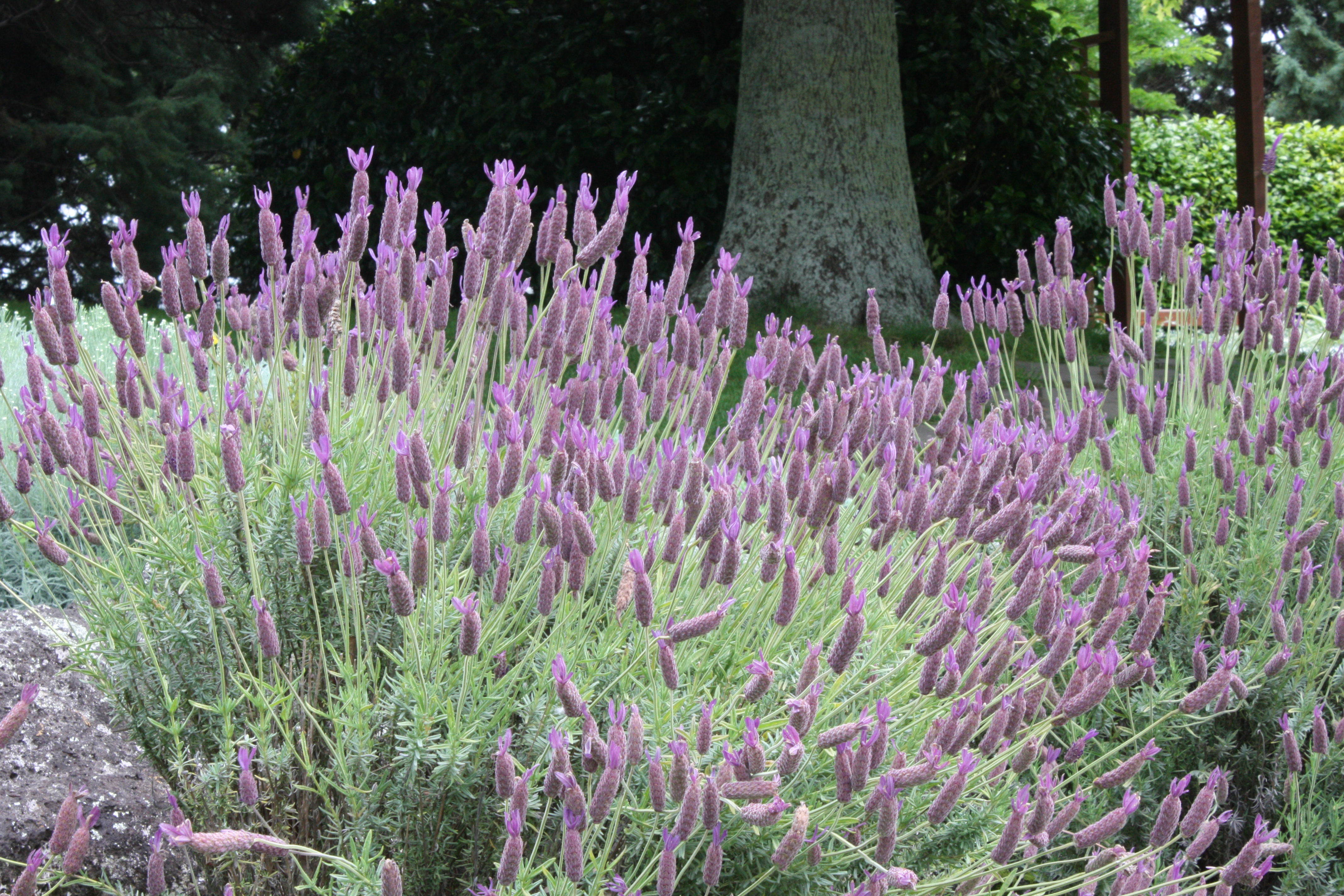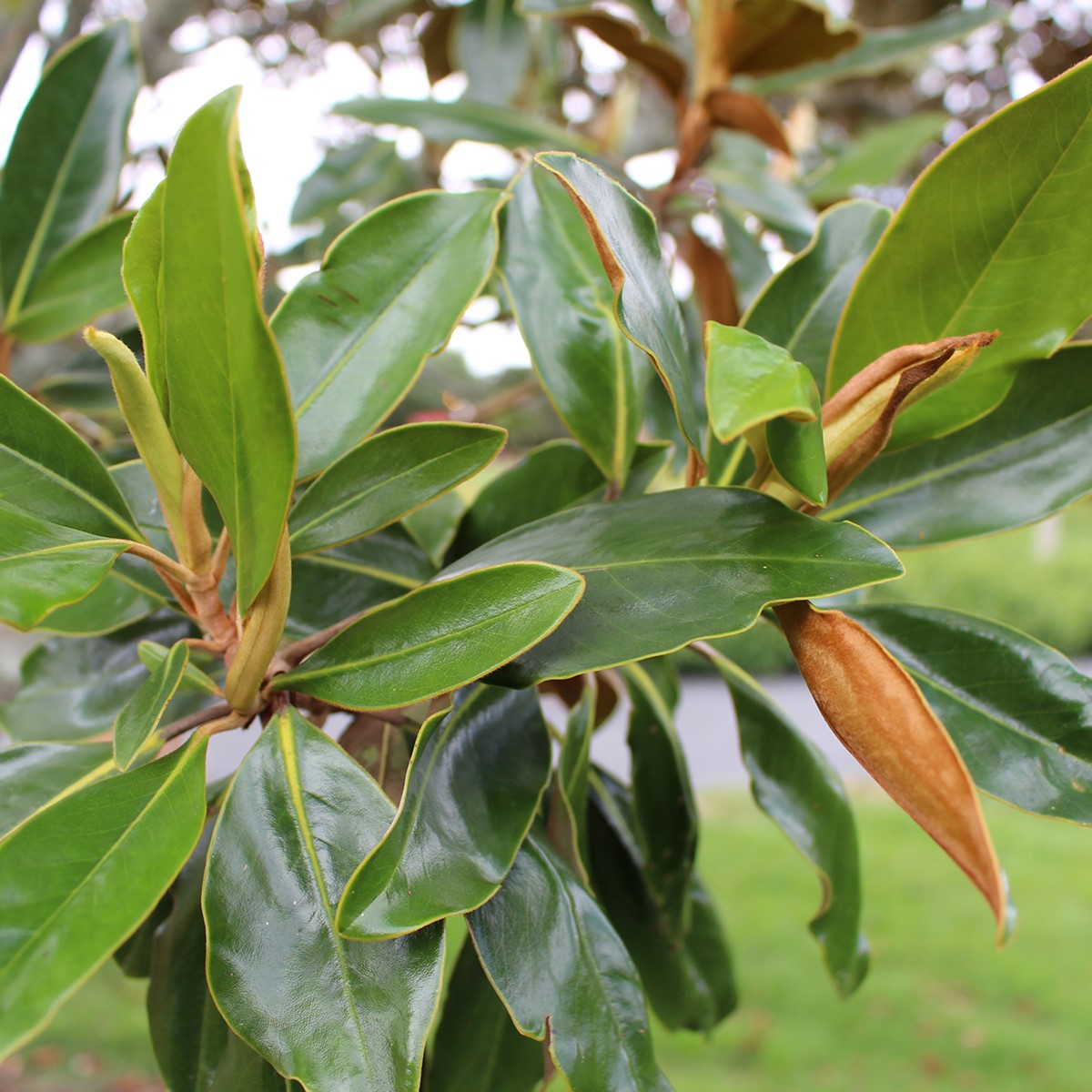Physical characteristics
A small bushy,
Flowers and foliage
Leaves are small, narrow and pointed,
Preferred site
Best in
Preparation for planting
Always choose healthy, well-grown
Maintenance tips
Apply an organic mulch
Ecological and biodiversity benefits
Attracts many different insect pollinators to the garden.
Pests and diseases
Rabbits love new growth. Can get stem rot if planted in
Location at Auckland Botanic Gardens
Herb Garden




.jpg?anchor=center&mode=crop&width=1200&height=1200&rnd=131732822304530000)

.jpg?anchor=center&mode=crop&width=1200&height=1200&rnd=132106949760530000)
 .jpg?anchor=center&mode=crop&width=1200&height=1200&rnd=131732822977030000)